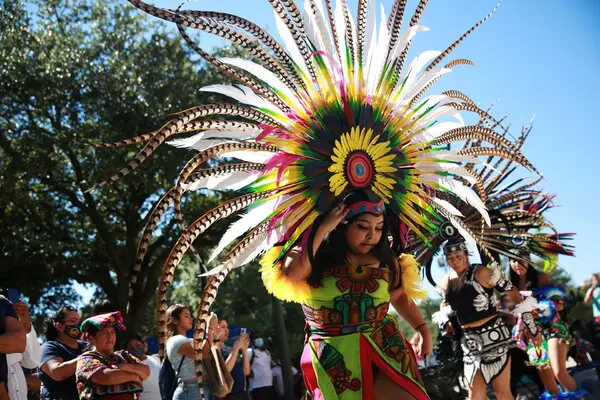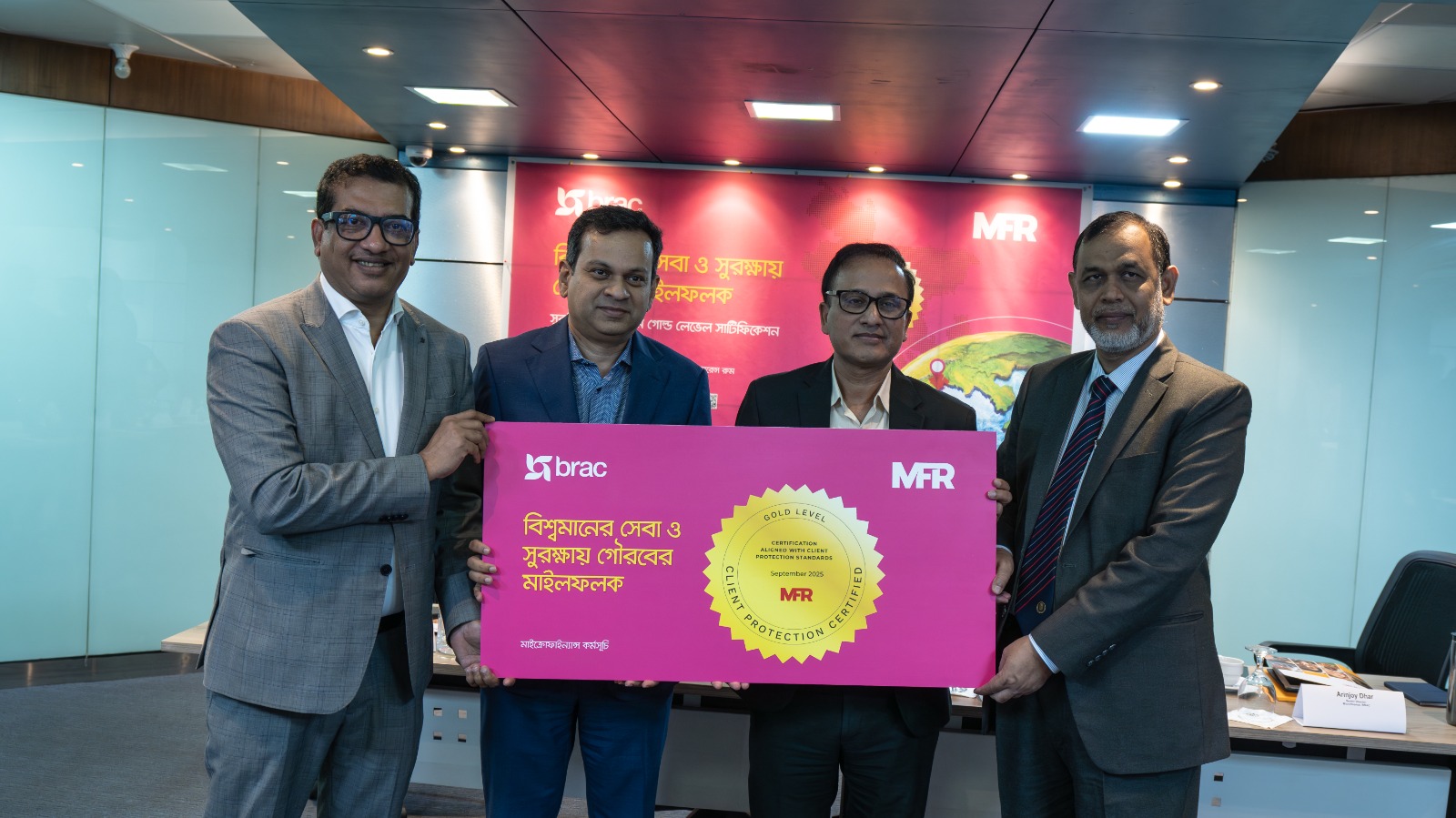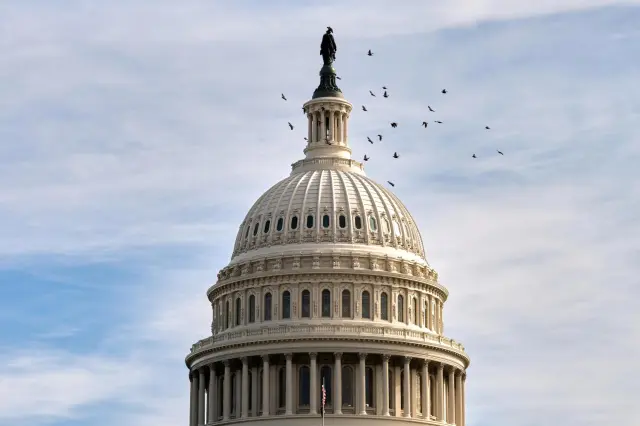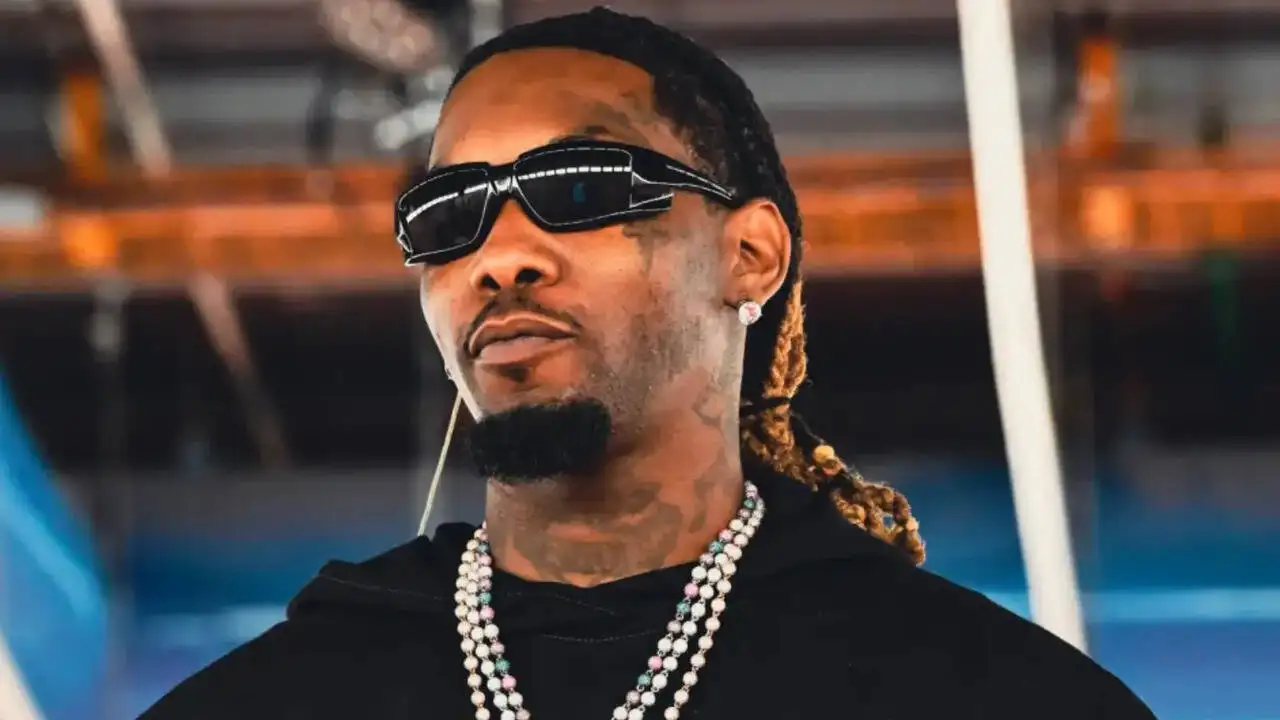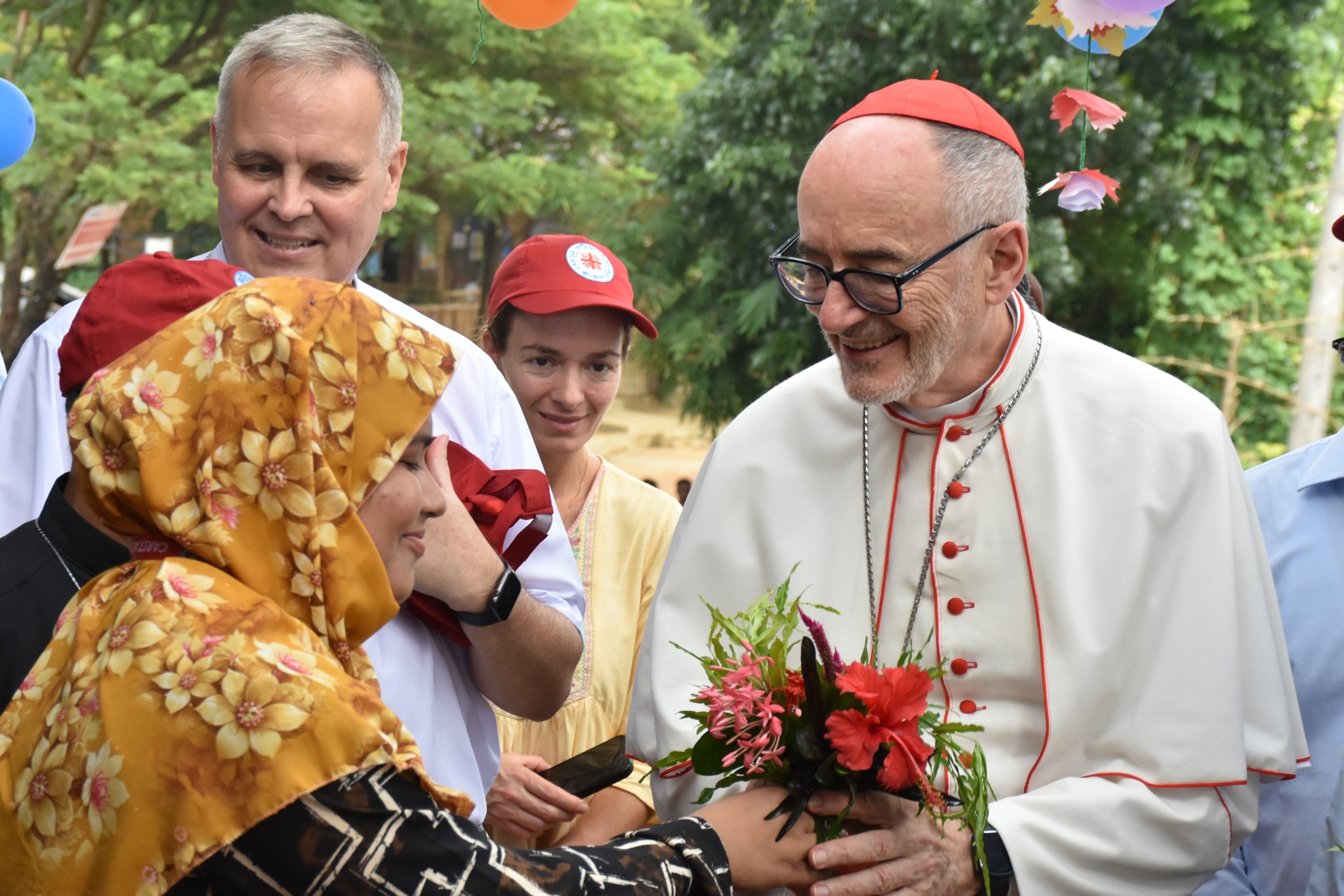INDIGENOUS PEOPLES DAY: CELEBRATION WITH A TO-DO LIST

Joy, remembrance, and civic demands
Across U.S. cities, Indigenous Peoples Day unfolded with sunrise ceremonies, powwows, markets and teach-ins. Organizers stressed visibility and education alongside celebration. After a bruising political year, many events paired dance and language revival with calls for investment in health care, housing and land stewardship. Museums, schools and tribes collaborated on programs about treaty rights and representation. Non-Native neighbors were invited in, with a message of shared responsibility for land and water. The day’s tone mixed pride with pragmatism: culture is resilient, but services are underfunded and legal fights persist.
From symbolism to policy
Advocates want the holiday to catalyze concrete steps. Some municipalities are replacing Columbus Day entirely; adoption remains patchy. Tribal leaders cited progress on sacred-site protections and consultation on infrastructure, but say follow-through lags. Climate impacts—smoke, drought, floods—hit Native communities hard; resilience funding is a recurring demand. Educators are pushing year-round curricula instead of a single-day lesson. The broader aim is durable alliances: more Native voices in planning, budgets that match rhetoric, and a public conversation that keeps Indigenous histories present beyond one day.


